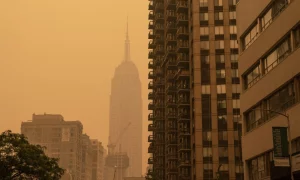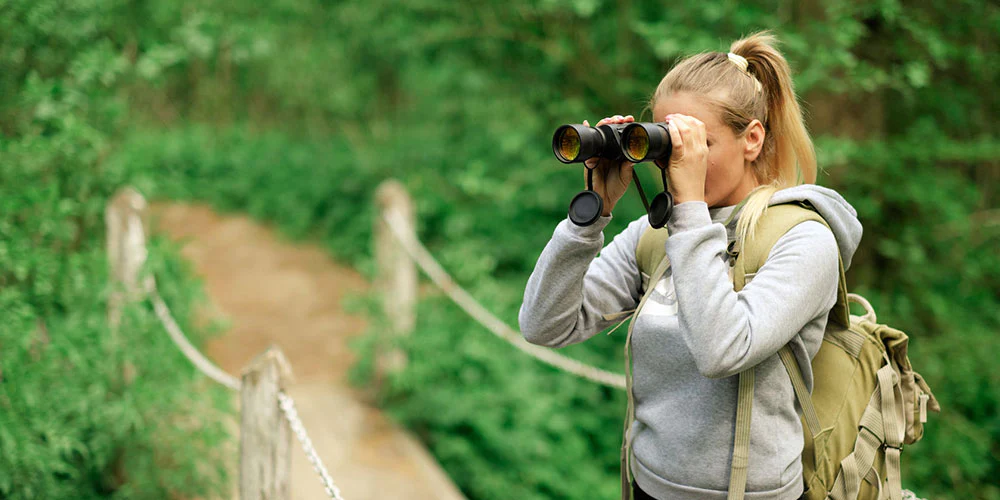This article is designed to inform individuals about the steps they can take to protect themselves against the health hazards of smoky wildfire conditions. Readers will gain insights into the risks posed by wildfire smoke, practical strategies for safeguarding their health, and actionable measures to minimize exposure. The article will also incorporate insights from Dr. Kalpana Balakrishnan, a distinguished environmental health researcher known for her work on household air pollution’s impact on health, particularly in developing countries.
Introduction
As smoke fills the air during wildfires, the need to safeguard against airborne hazards becomes crucial. In this article, we explore the risks posed by smoky wildfire conditions and provide expert advice from Dr. Kalpana Balakrishnan, a renowned environmental health researcher.
Understanding Airborne Hazards: Unveiling Smoky Wildfire Conditions
Delving into the hazards of smoky wildfire conditions, this section sheds light on the various pollutants and particulates present in the air. By understanding the threats, readers can take informed actions to protect themselves.
Expertise in Environmental Health: Insights from Dr. Balakrishnan
Dr. Kalpana Balakrishnan’s contributions to environmental health science enrich the conversation. Her research on household air pollution’s impact on health offers valuable insights into effective safeguarding measures against smoky wildfire conditions.

Taking Proactive Steps: Safeguard Measures
This section offers practical safeguarding steps individuals can take to protect themselves from smoky wildfire conditions. From creating clean indoor environments to using appropriate protective gear, readers receive actionable advice for minimizing exposure.
Prioritizing Vulnerable Individuals: Dr. Balakrishnan’s Perspective
Dr. Balakrishnan emphasizes the importance of safeguarding vulnerable groups. This section discusses tailored safeguarding strategies for those at higher risk, such as children, the elderly, and individuals with pre-existing health conditions.
Fostering Community Awareness: A Call to Action
The article concludes by advocating for collective action. By spreading awareness and promoting community preparedness, readers can contribute to safer environments and healthier communities in the face of smoky wildfire conditions.
Conclusion:
Airborne hazards during smoky wildfire conditions demand proactive measures. Dr. Kalpana Balakrishnan’s insights in environmental health science enhance the discourse, offering readers essential safeguarding steps against wildfire smoke. Beyond search engine optimization, this article serves as a beacon of practical guidance and collective responsibility. It empowers readers to prioritize their health, adopt effective safeguarding measures, and actively engage in fostering awareness and preparedness to create safer environments for themselves and their communities.











